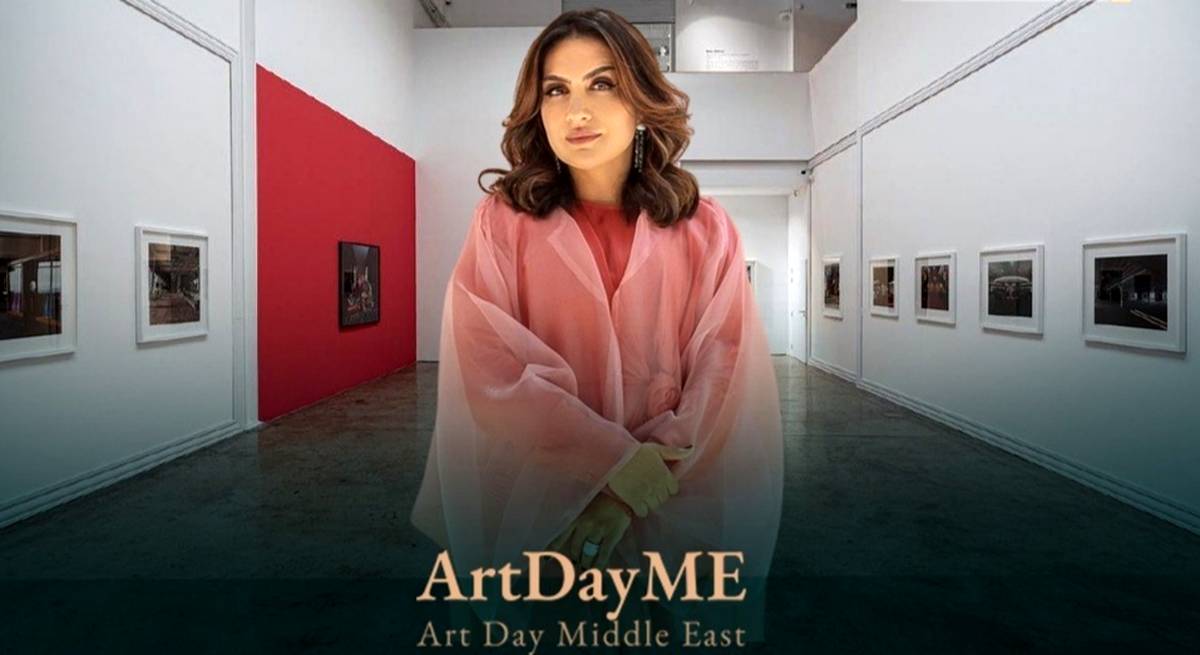
Lamya Gargash | Tradition Gallery
Lamya Gargash; Poetry that Merges Tradition and Modernity/ By Mahmood Nouraie
Mahmood Nouraie : In light of Emirati artist's most recent exhibit at Dubai's Third Line Gallery, this article looks at six of her art collections.
Artdayme: Mahmood Nouraie : The solo exhibition "Isthmus" by Emirati artist Lamya Gargash was being held at the Third Line Gallery in Dubai, the artist's native city. Under the curatorial eye of Sophie Mayuko Arni, the exhibition showcased a selection of pieces that Gargash has been working on over the last fifteen years.
Gargash's artistic universe is founded on the key narrative aspect of bridging tradition and modernity, even if she does not want to express politics via her works and instead aims to depict history and the human tale.
The 41-year-old artist's works reflect her perspective on her own homeland in the modern day. The exhibition's name, "Isthmus," alludes to the idea of a little stretch of land that connects two major geographic areas of the world and recalls the country of the United Arab Emirates, where she was born.
The multifunctional artist captures odd tales of life in her nation using the media of film, video art, and predominantly photography.

She returned to her country of origin in 2007 after completing her studies at the University of the Arts London, where she saw her nation's growth reach its zenith. She has tackled the psychological implications of moving from tradition to modernity in her "Presence" series of pictures.
In her collection, Gargash has discussed the element of human presence and non-presence in the structure of empty spaces and seeks to analyze the diminishing of human presence in the living space in the mind of her audience. She does this through relying on the interior of old abandoned houses, which serves as the narrator of the past life in Dubai, and the relocation of people living in the place to modern houses.
The absence of humans in her works serves as a concrete reminder of the existence of people who currently inhabit a different area than their own, but whose traditional presence can still be seen in the environment of the past.

In subsequent "Majlis" and "Familial" collections, Gargash's style is reinterpreted in a fresh way.
She contrasts traditional wall coverings with relatively modern furnishings and televisions in the living rooms of contemporary residences in Dubai in the "Majlis" photo series. By including her family photos in the hotel rooms in the "Familial" collection, which features photographs of hotels in Dubai, Gargash attempts to create a cosy environment amid transient and unfamiliar environments.
With a critical eye, Gargash began documenting works that helped her audience understand the paradoxical nature of life in the city of Dubai, which is undergoing rapid change. She did this to prevent forgetting by using the element of photography, which is itself a moment-deadening technique.
Gargash relies on space and objects to recreate the focus on the past in different ways in her following collections, "Traces" and "Sahwa".

She considers the nostalgia of places that are significant to her personally, such as her father's house before it was destroyed. According to her "Sahwa" series, she weaves together variously arranged objects with modern life to create a fresh story for the viewer.
Her most recent "Isthmus" pieces, installations of inanimate objects that conjure up memories and the past, offer a fresh representation of her point of view. These installations represent a person, a feeling, and a sense of belonging that collectively capture an essence.
As she herself emphasizes: "I connect to details around me because they portray the emotions I feel inside," Gargash emphasizes the element of her presence among the memories by positioning the photographic analogue camera in the middle of the arrangement and tries to explain her manifesto for the audience. Her declaration shows her memory belongs to the feeling of the surrounding world.

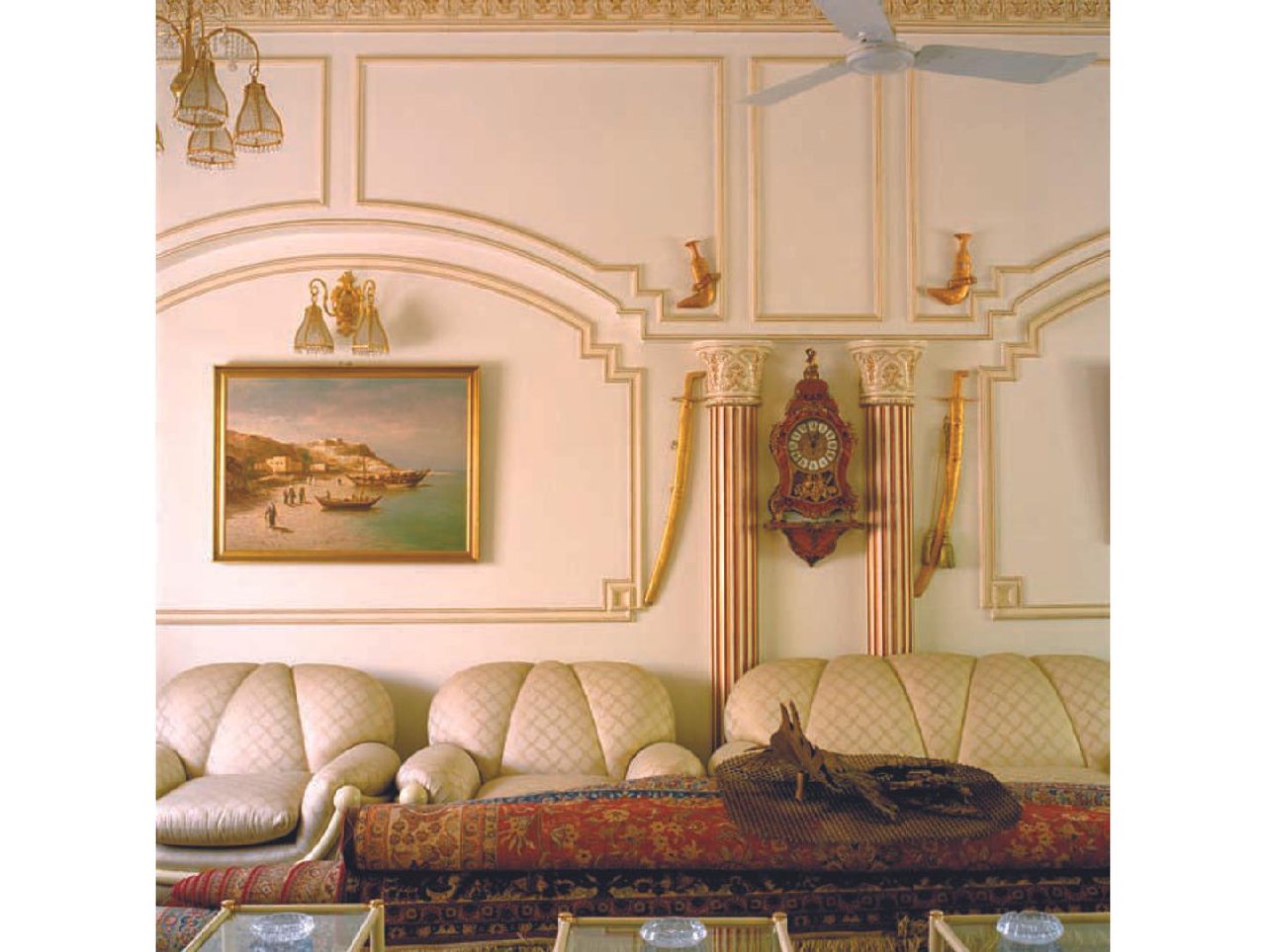
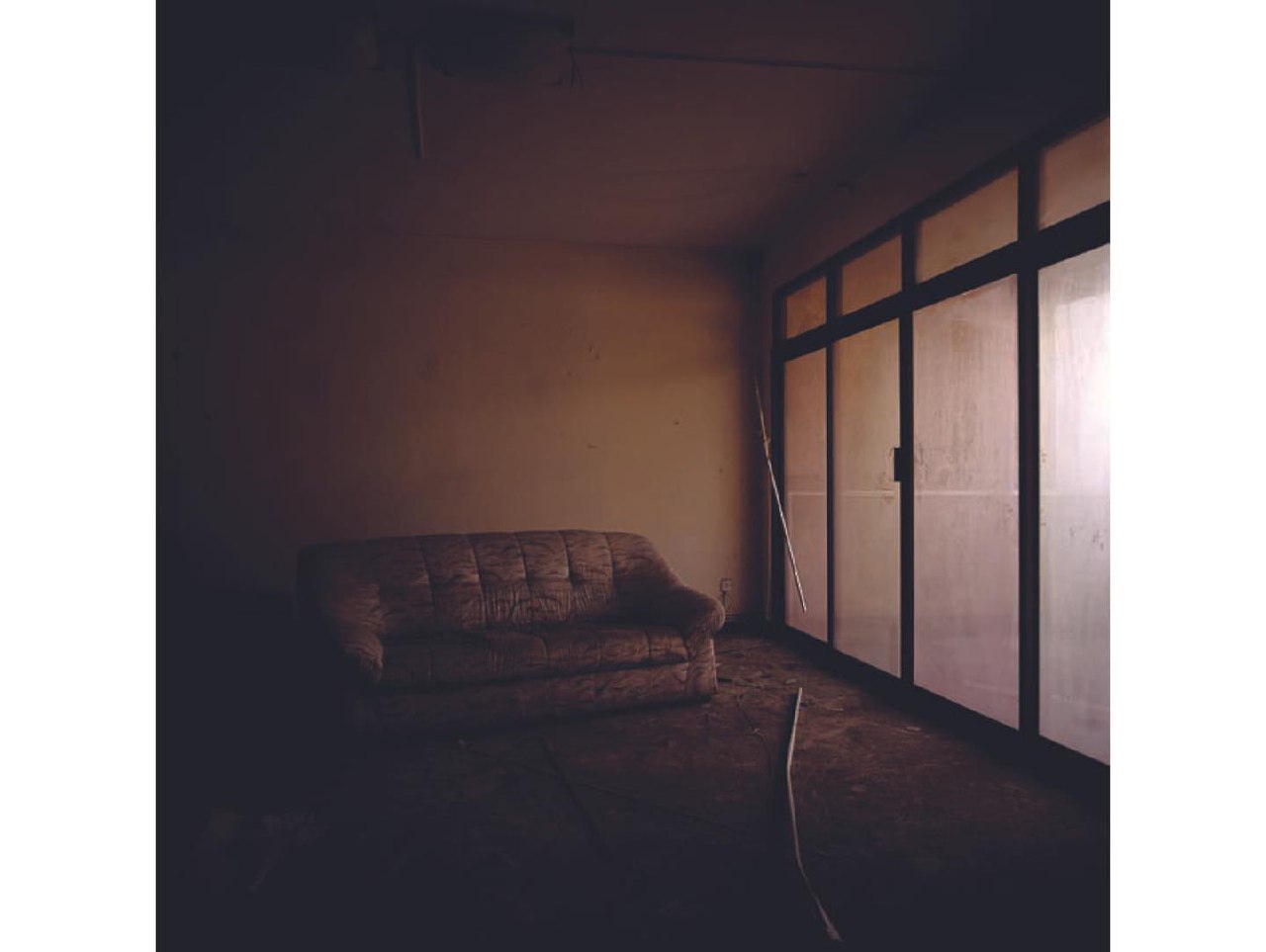
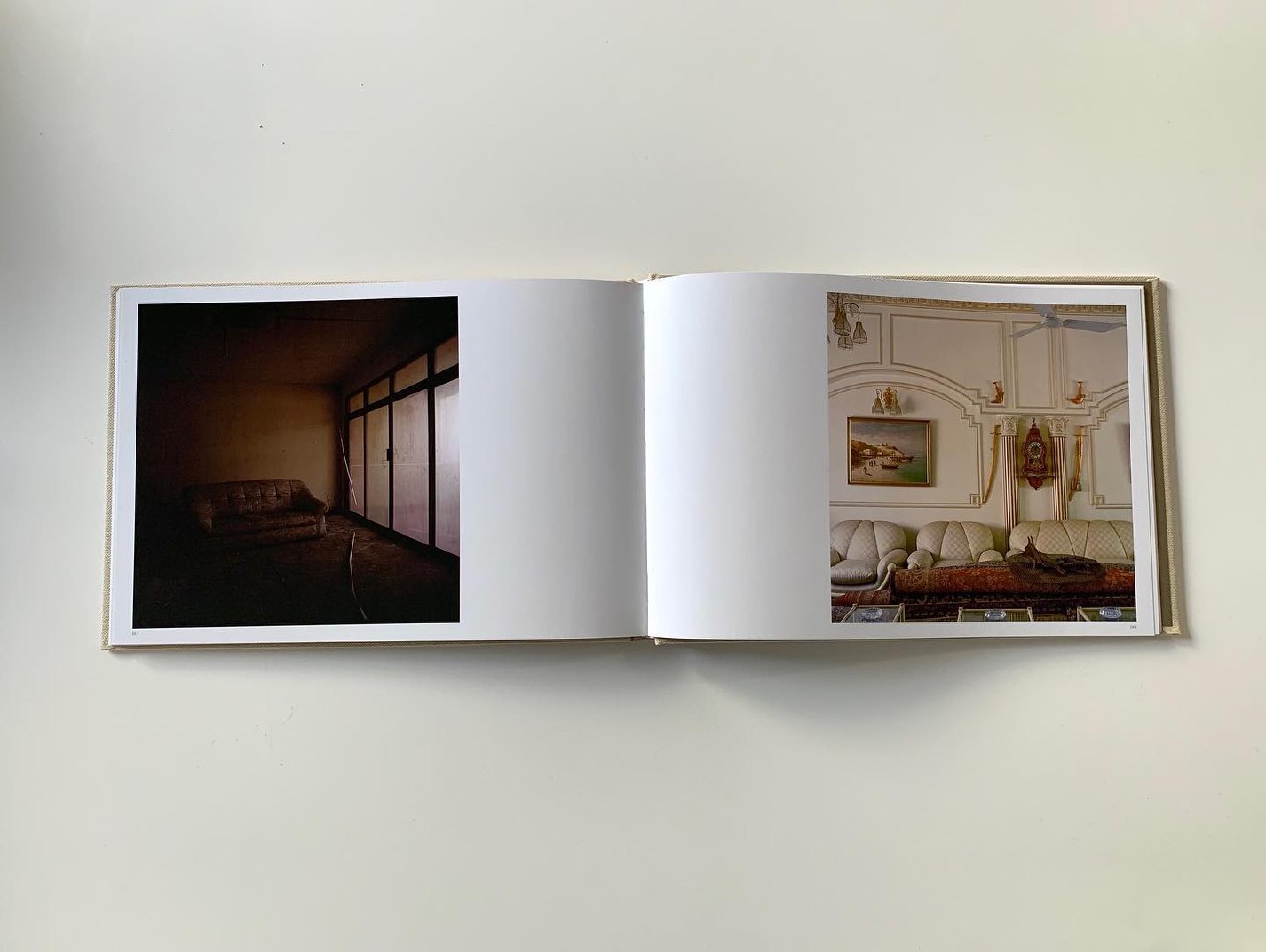
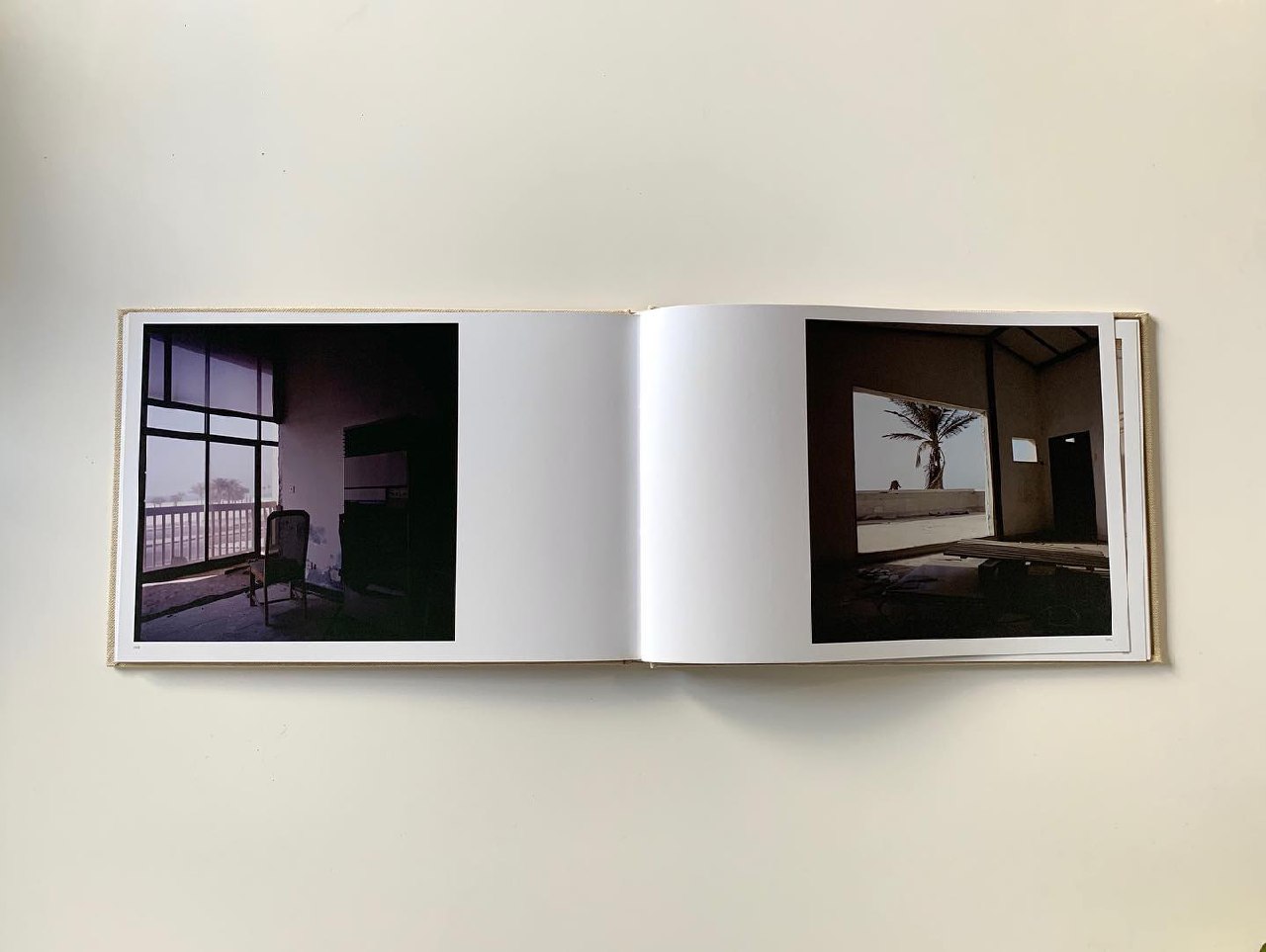
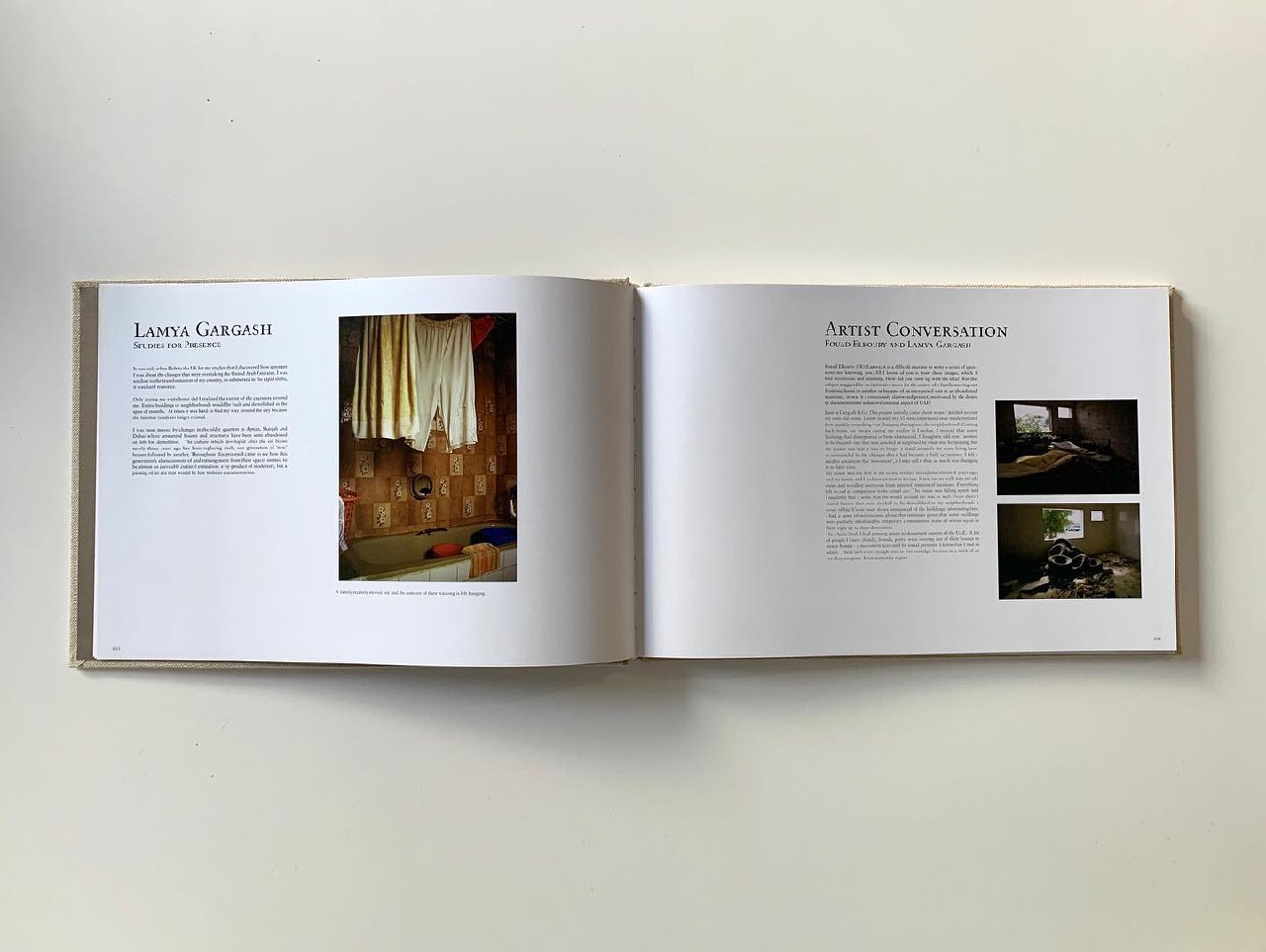
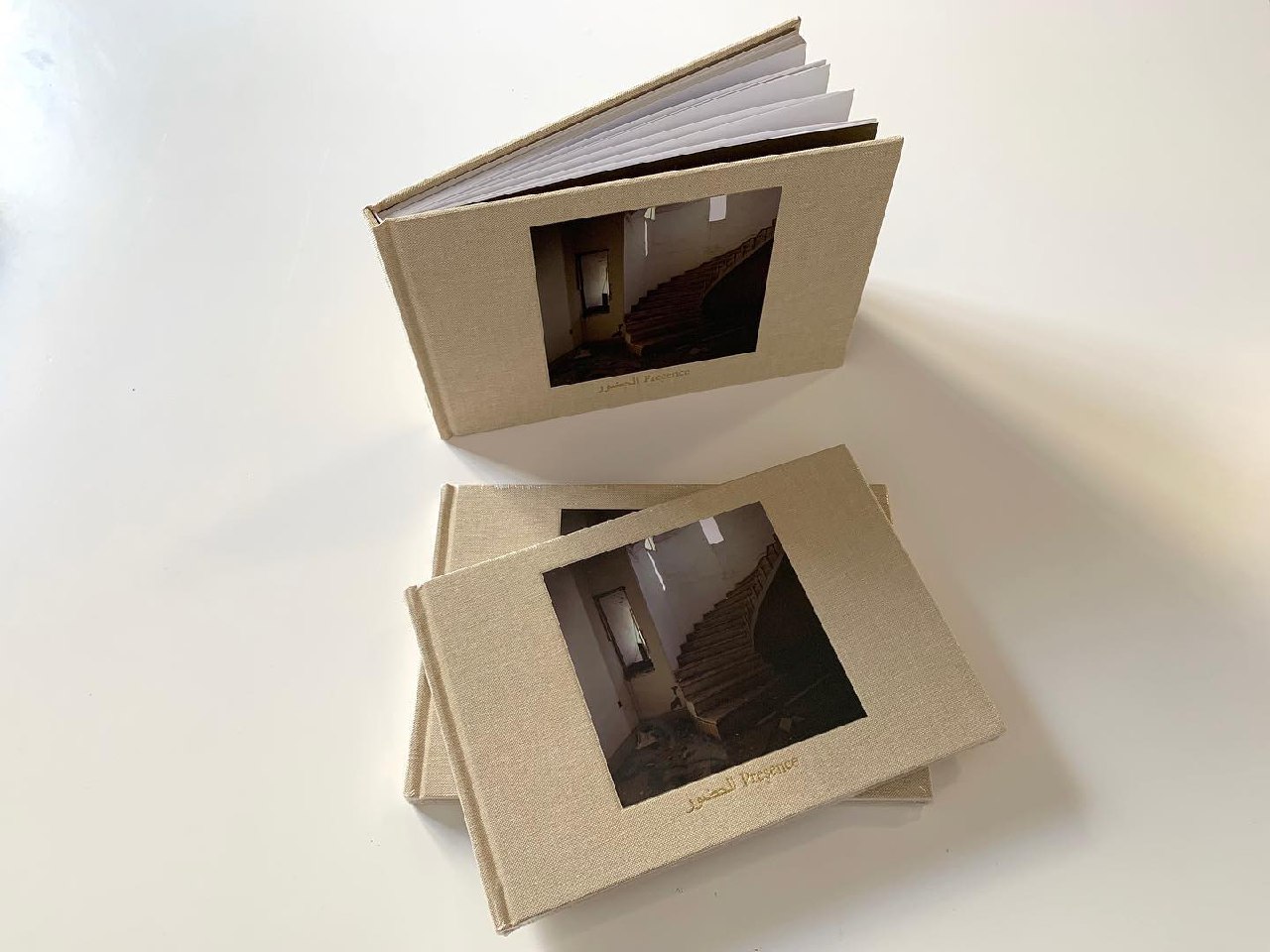

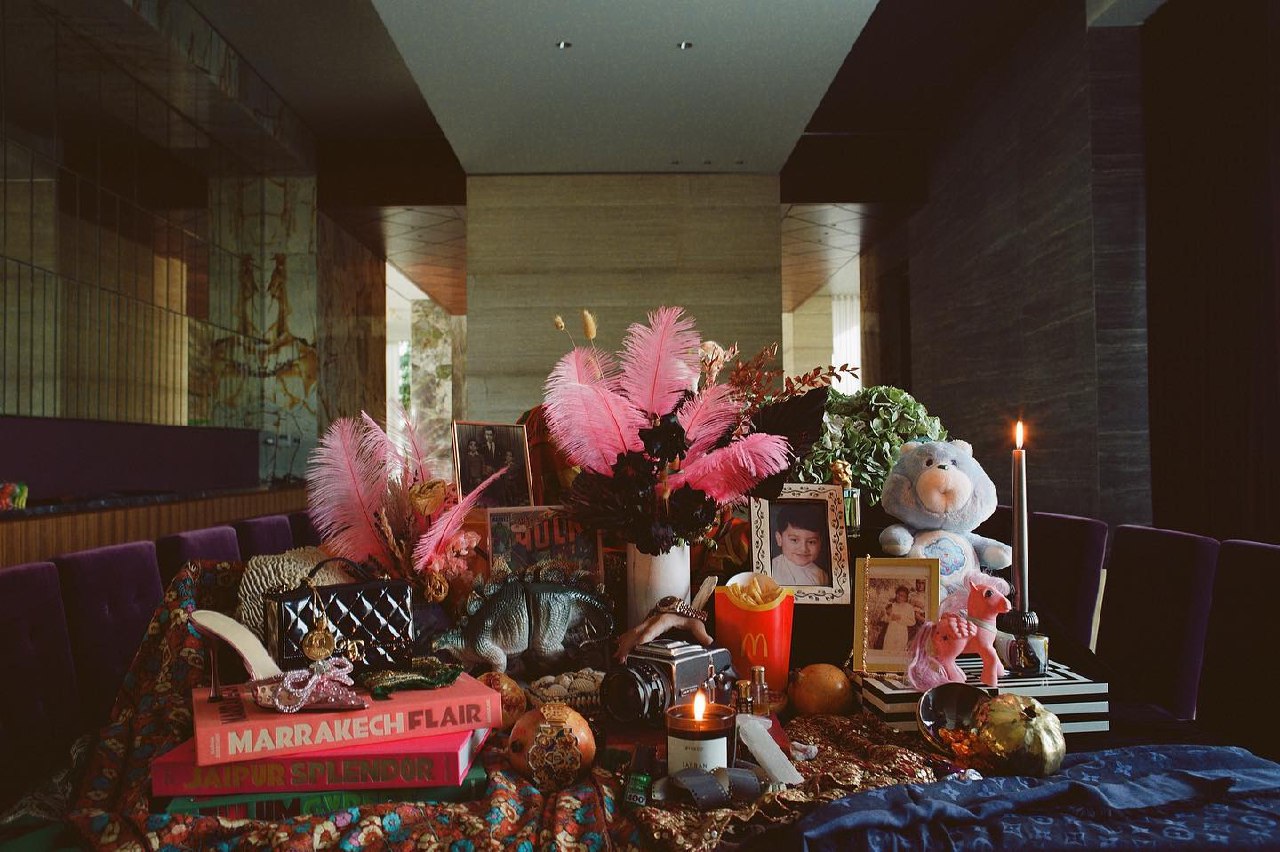
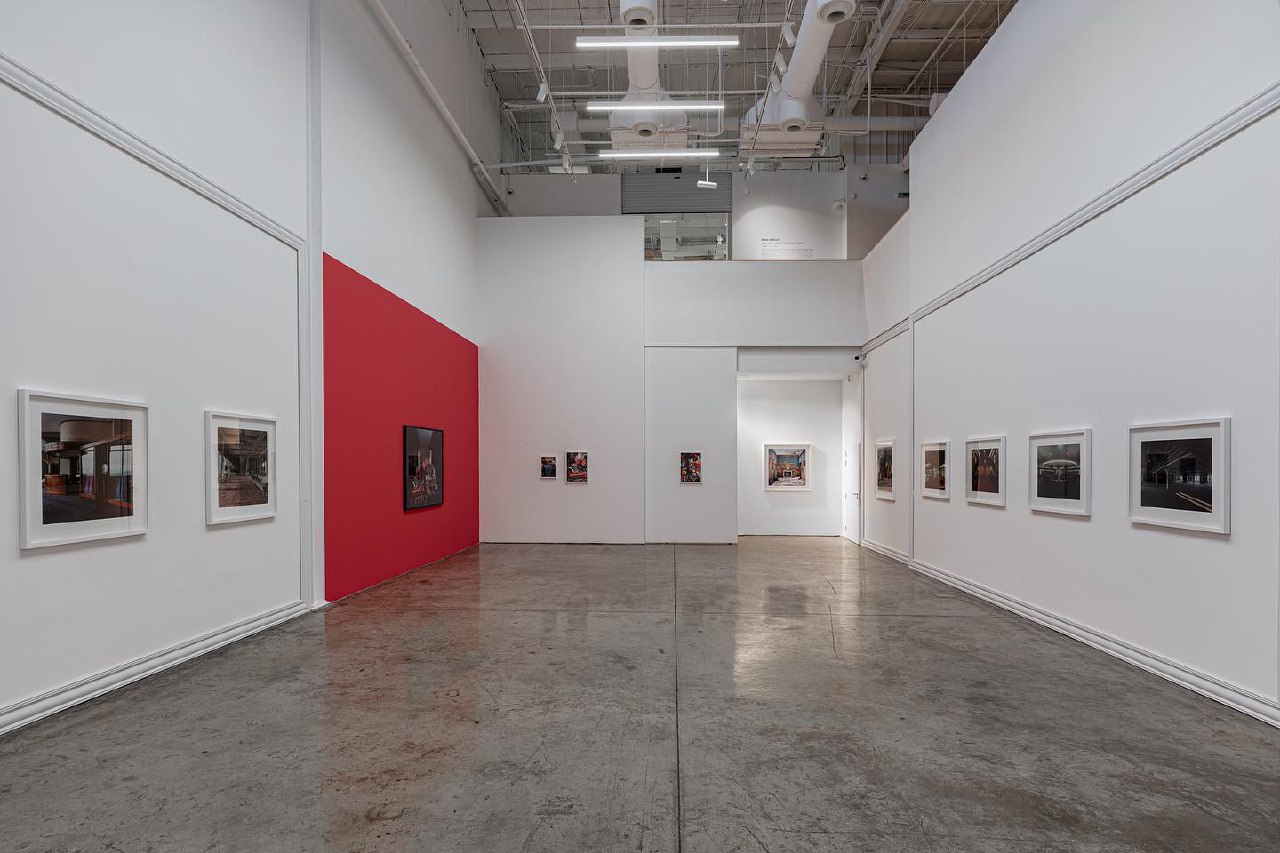
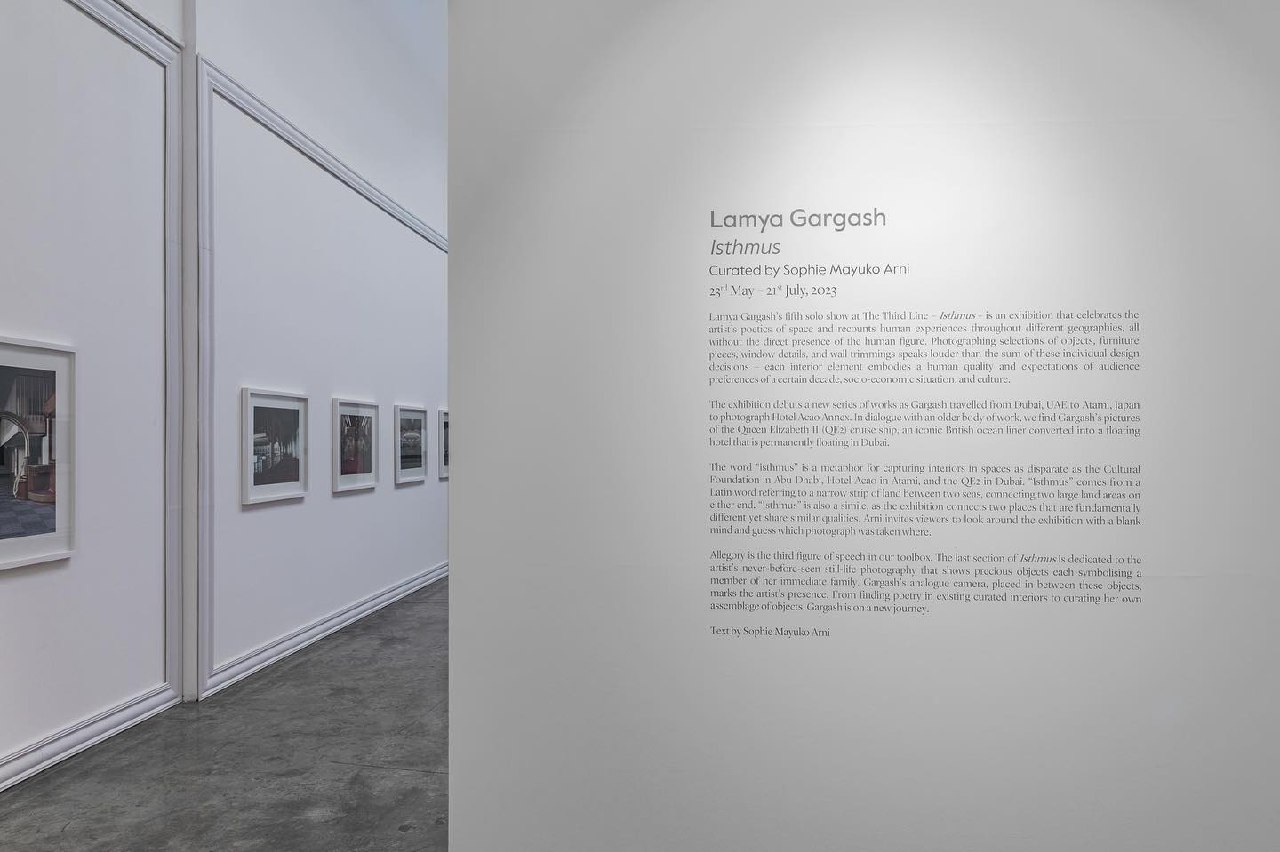
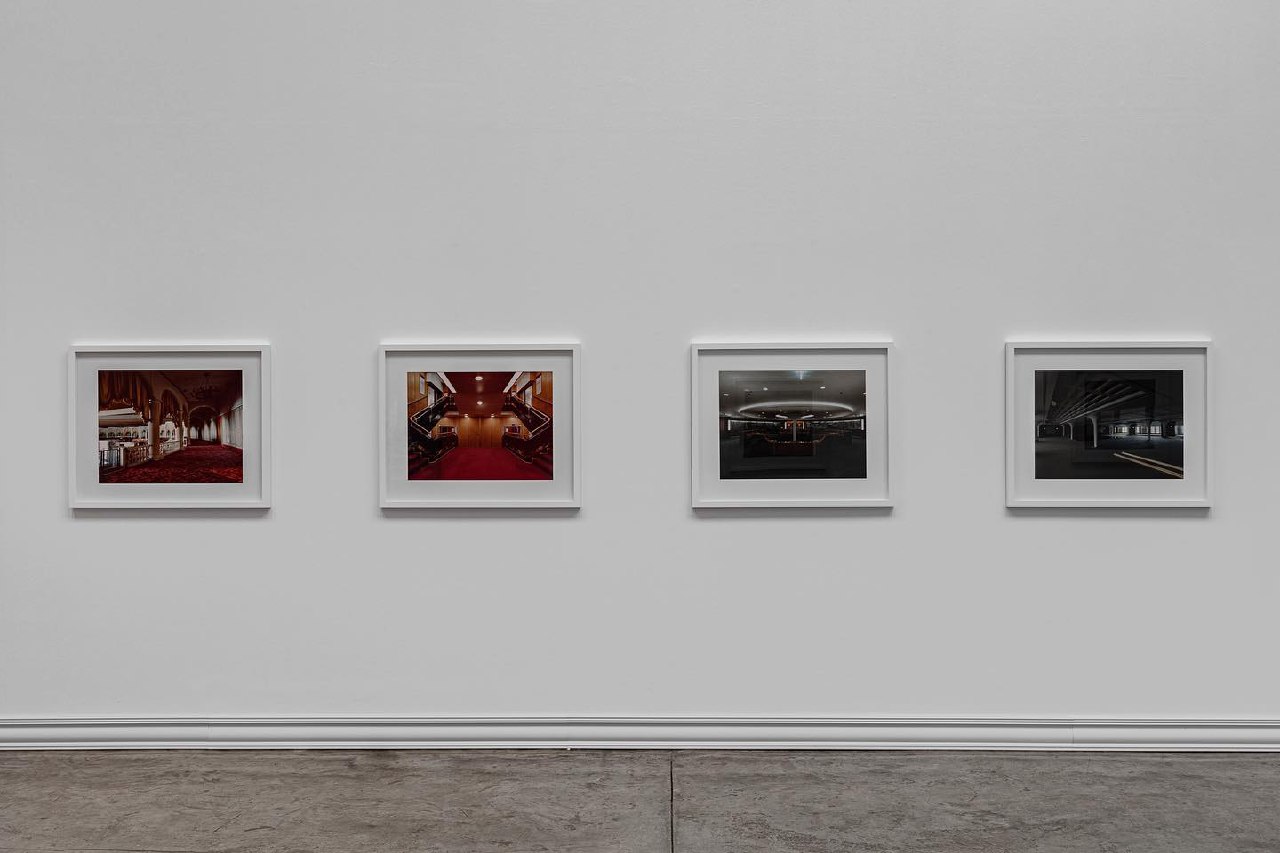
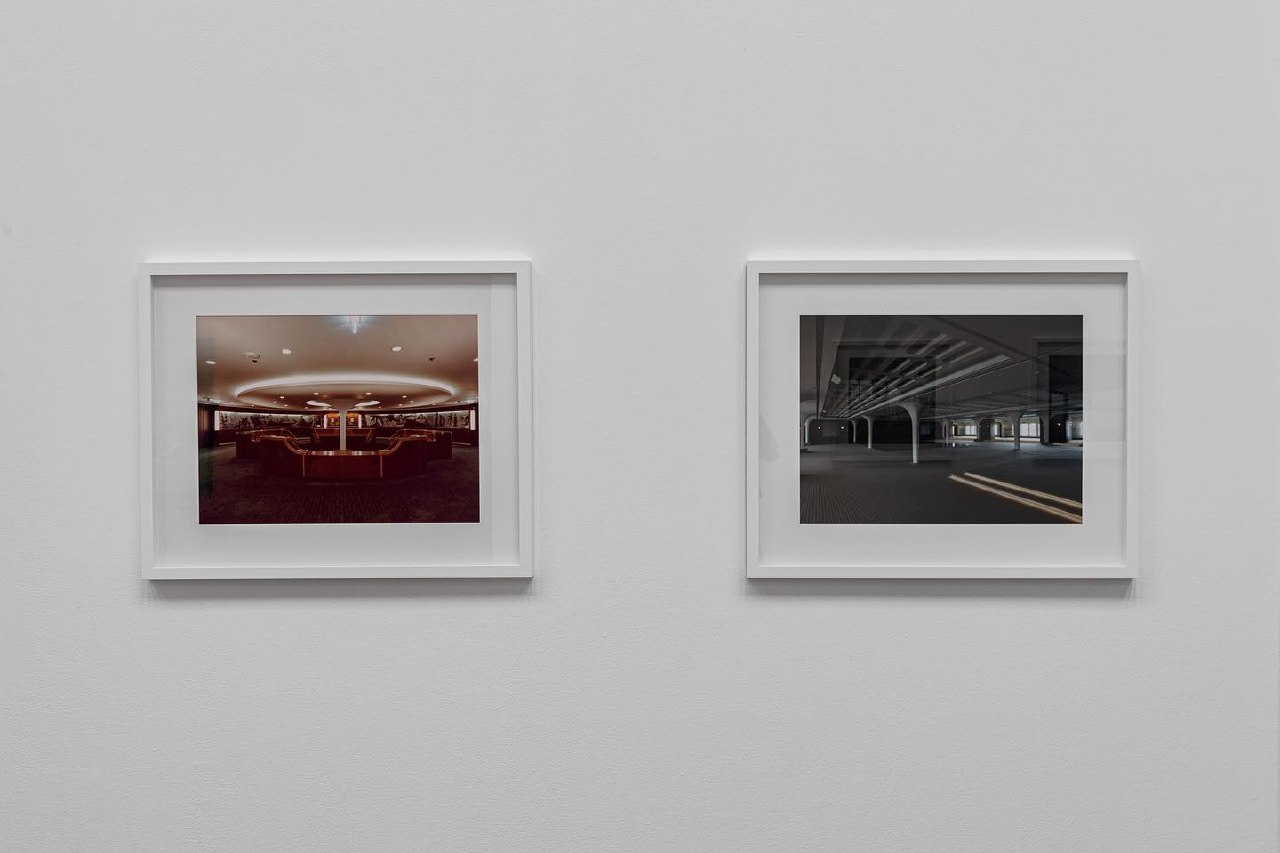
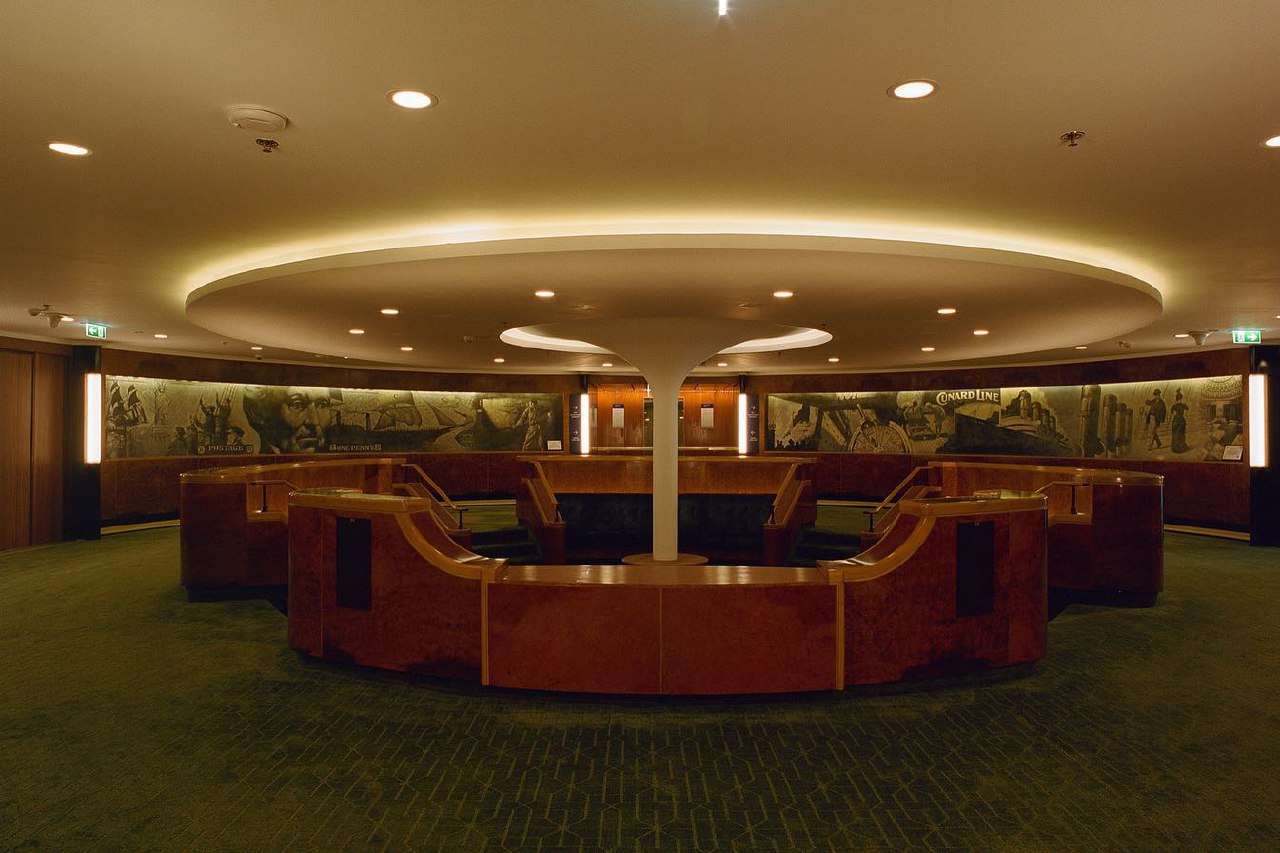
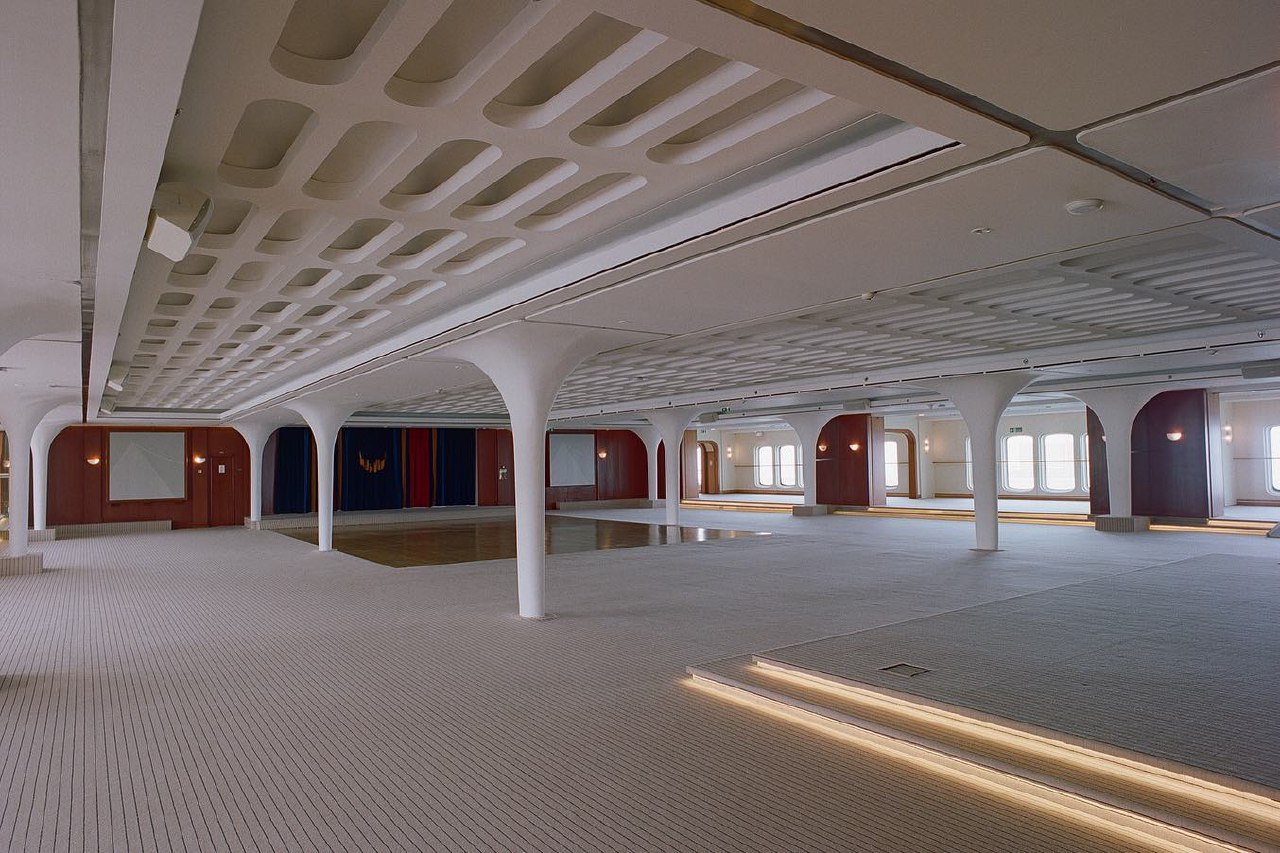
LEAVE A RELPY